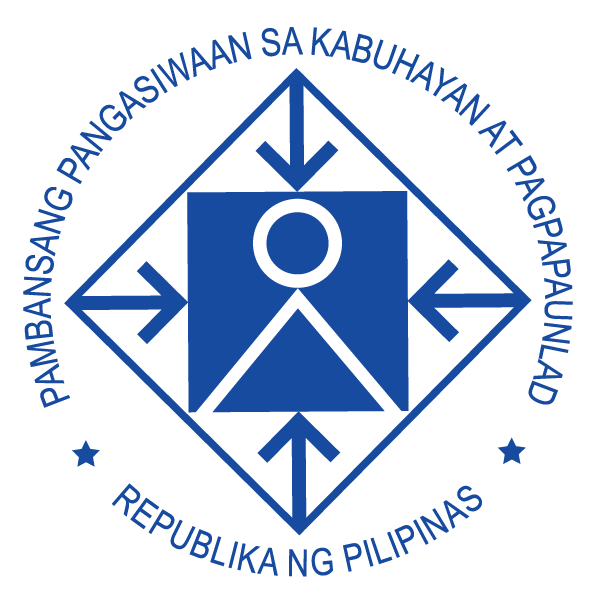KALAHI-CIDDS
The Kalahi CIDSS – National Community-Driven Development Program (KC-NCDDP) is one of the poverty alleviation programs of the government being implemented by the DSWD. It uses the community-driven development (CDD) approach, a globally recognized strategy for achieving service delivery, poverty reduction and good governance outcomes.
As objectives, the KC-NCDDP is aimed at: empowering communities to meet challenges and opportunities (i.e., access to basic services, protection against risk, etc.); increasing the functionality of institutional mechanisms (i.e., good governance and responsiveness); and, reducing poverty in its multiple dimensions. Thus, it is envisioned that communities in target municipalities are empowered to achieve improved access to basic services and participate in more inclusive local planning, budgeting and implementation.
Under said program, the community subproject types include: Basic Services Subprojects e.g., community water systems, school buildings, health stations and electrification; Basic Access Infrastructure e.g., foot bridges, access roads and foot paths; Community Common Service Facilities e.g., pre- and post-harvest facilities and small-scale irrigation systems; Environmental Protection and Conservation e.g., flood control systems, sea walls, artificial reef sanctuaries and soil protection structures; Skills Training and Capability-Building e.g., eco-tourism projects; and, others not prohibited by the program.
Implementing Agency: DSWD
Target Beneficiaries
The target beneficiaries of the SLP are the following:
- those in municipalities declared as disaster-affected (post-disaster response);
- Filipino families especially the poor, marginalized, vulnerable and disadvantaged;
- Listahan-identified poor households;
- Maximum of two (2) members per household but must pursue different tracks;
Key Accomplishments
Generally, found positive evidence for poverty welfare reduction, poverty targeting, and increased access to services. As most of the project objectives and financial resources focused on improving access and service delivery, these projects achieved their stated aims. Evidence is limited and mixed however, on governance, social capital spillovers, and conflict impacts.
- Significantly improved people’s lives through better access to basic services (water and electricity have the biggest impact)
- Improved governance of barangay as a result of former KC volunteers becoming barangay officials
- Functioning of Local Government Code mandated structure
- Improved people’s involvement in barangay governance through Barangay Assemblies


